Betula papyrifera
Paper Birch
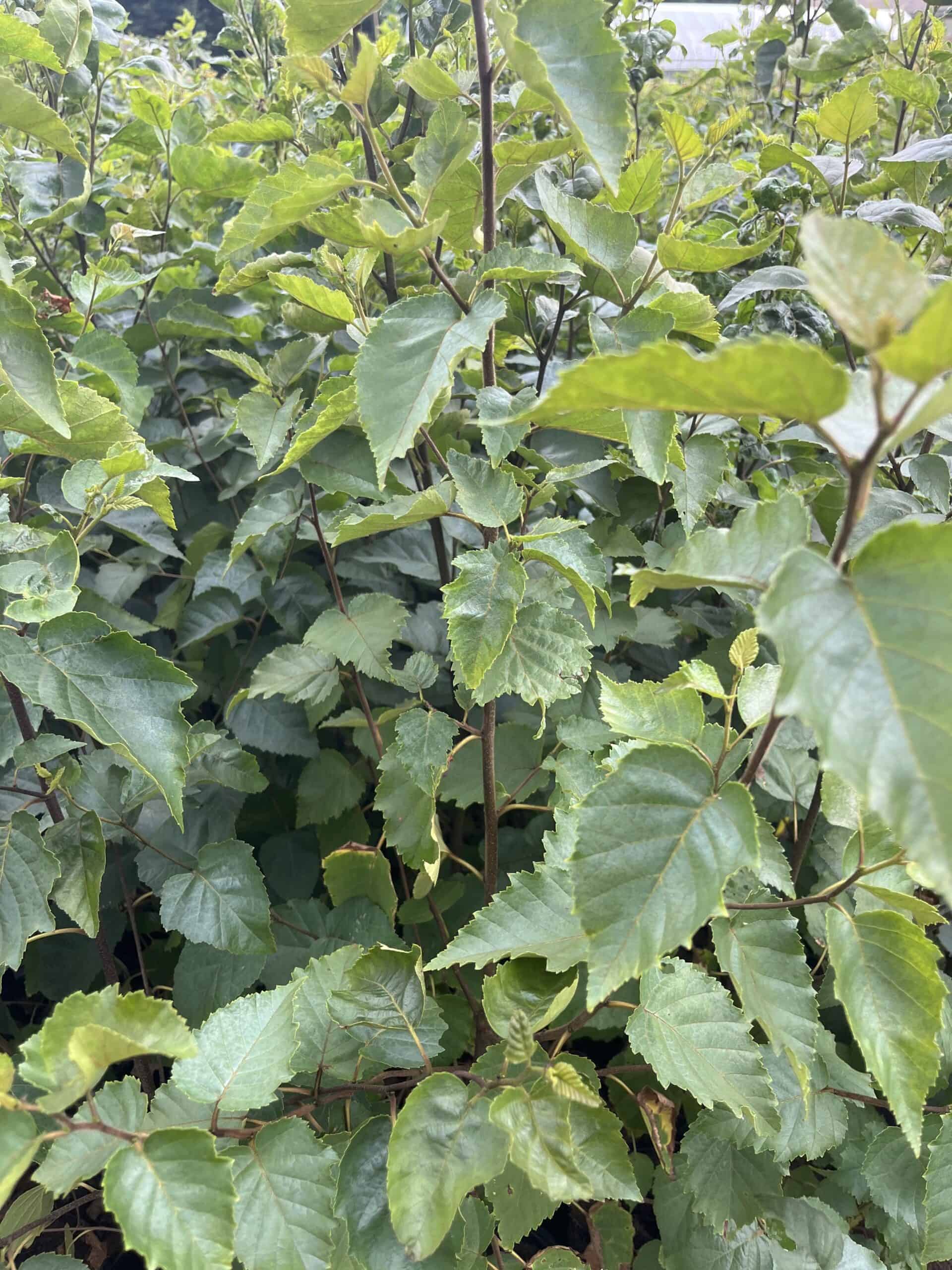
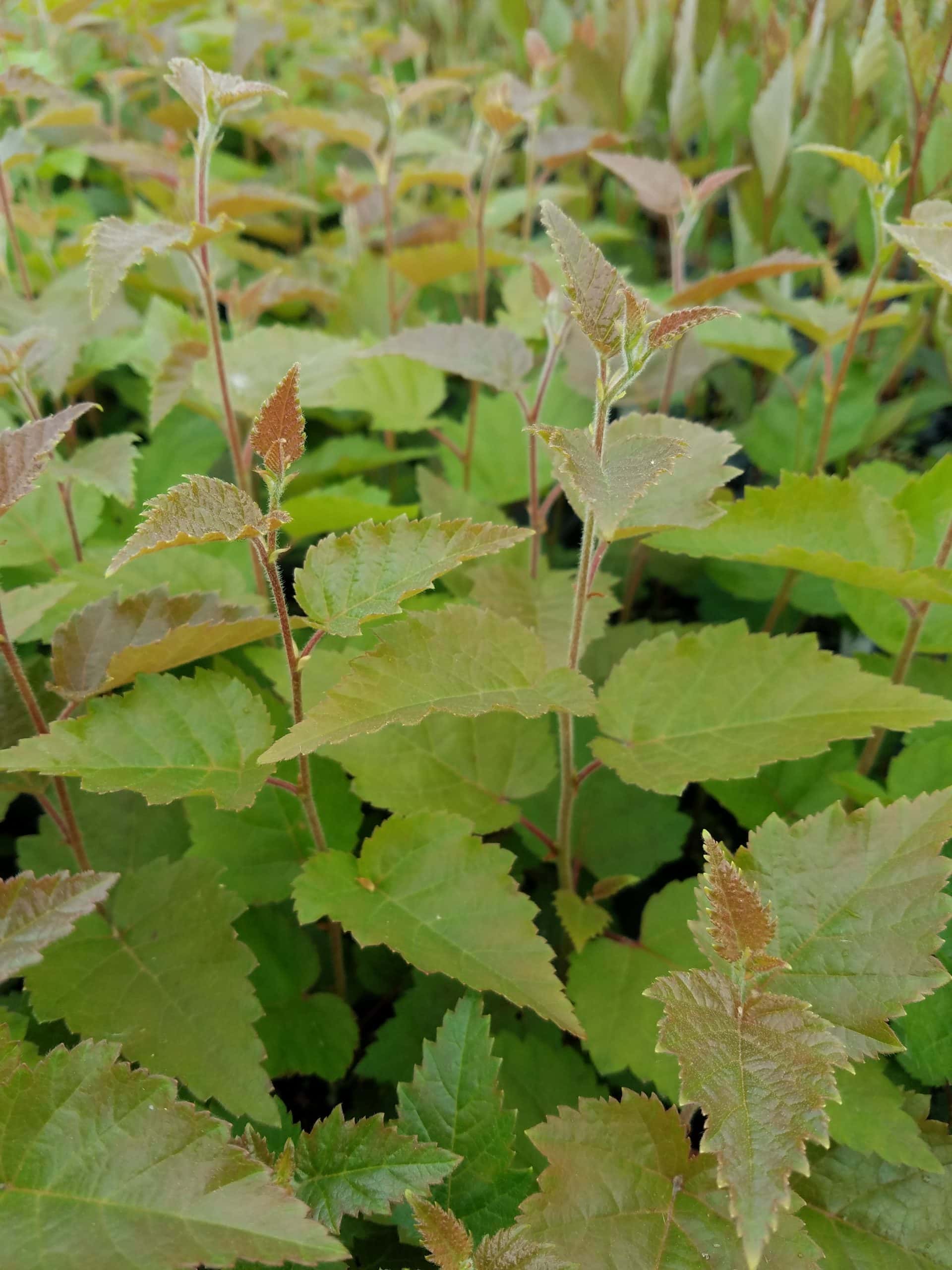
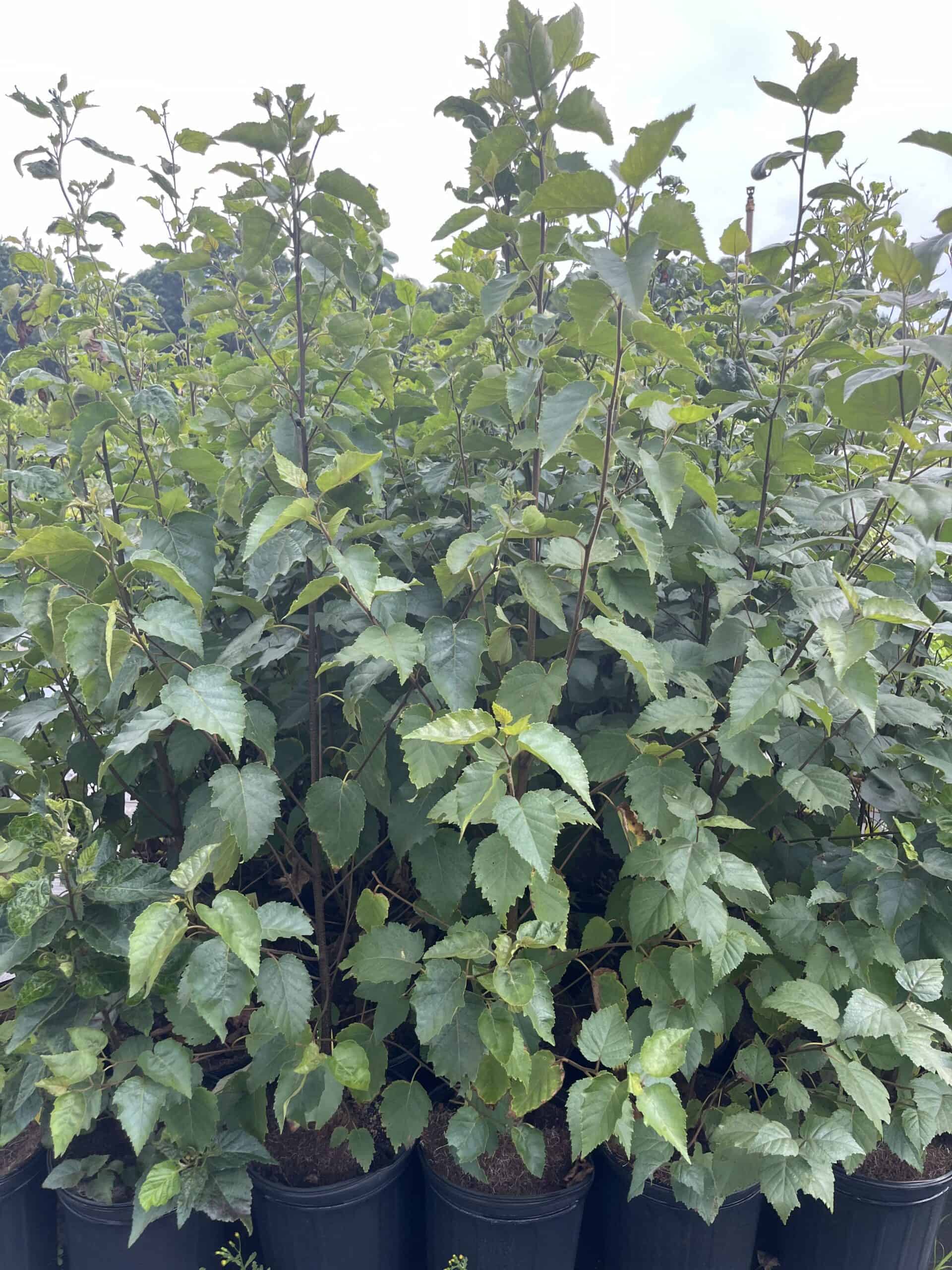
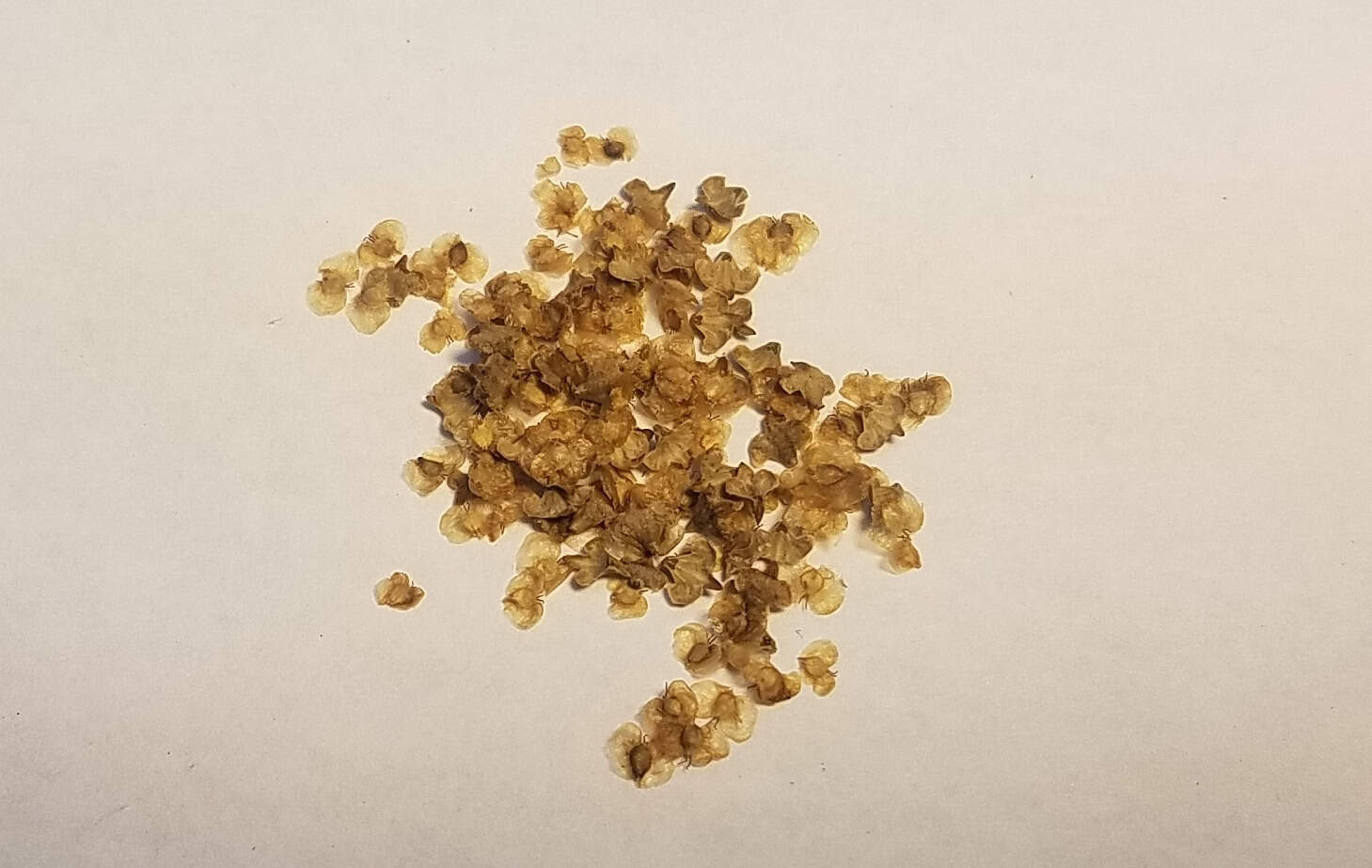
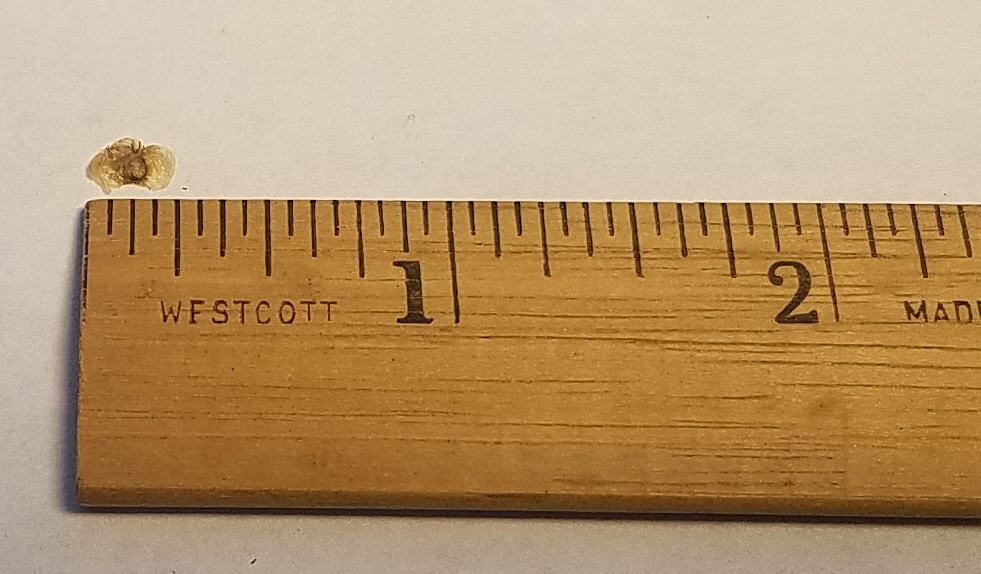
General
Paper birch trees can be found in wooded areas with rich soils, on riverbanks, or in clearings, and prefer sunny areas. Small rodents and birds are attracted to the seeds and buds of the tree as a food source. The peeling white bark of a downed paper birch can be used to start a fire, even when damp. It is typically a short-lived (30 years) species in warmer regions, but it extends its lifespan to about 100 years in more northerly latitudes. Although it is a pioneer species and recovers quickly after fire, it is shade intolerant which allows many hardwoods to push it out of the forest or to the edges.
Plant Description
Paper Birch is a medium-sized, deciduous tree reaching 40 - 60 ft tall, occasionally up to 130 ft. Younger plants have a reddish-brown bark which becomes their well-known peeling white bark after a decade or so. The white bark is marked with dark chevrons where older branches have fallen away. Their leaves are alternate and teardrop shaped, and doubly toothed along the edges.
Height (ft)
70-80
Spread (ft)
35
Soil moisture
Low
Soil types
Well-drained loam or gravelly soil
Wetland indicator
FACU
Shade tolerance
Full Sun, Shade Intolerant
Bloom color
Yellow
Bloom period
Spring
Fall conspicuous
Yes
Anaerobic tolerance
Low
Drought tolerance
Low
Salinity tolerance
Medium
Self-Pollinating?
Yes
Range
Betula papyrifera is native and common throughout the northeastern United States, in Maine, New Hampshire, Vermont, Massachusetts, Eastern New York State and northeastern PA, as well as in Michigan, Wisconsin, and Minnesota. Betula papryifera is also native to most northern US states, and a majority of Canada.
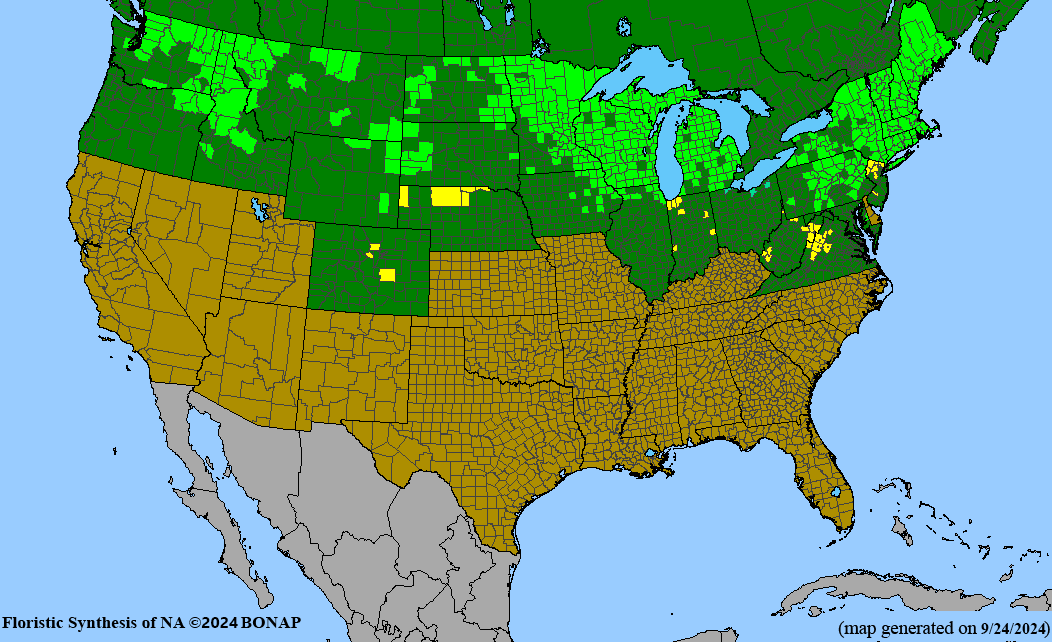
Additional Information
According to BRIT - Native American Ethnobotany Database, the bark has been used to make baskets and canoes. The bark powder used for treating irritated skin and the sap to make syrup. The roots along with spruce roots to sew materials together. The inner bark has been boiled and mixed with cedar ashes and used to make red dye. The cambium has been eaten raw from the tree trunk.
